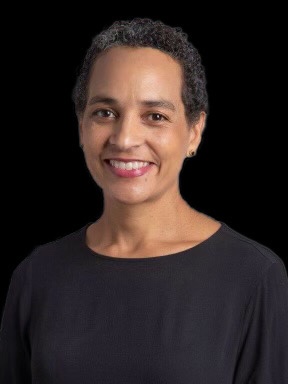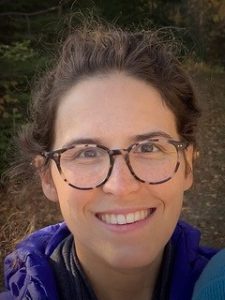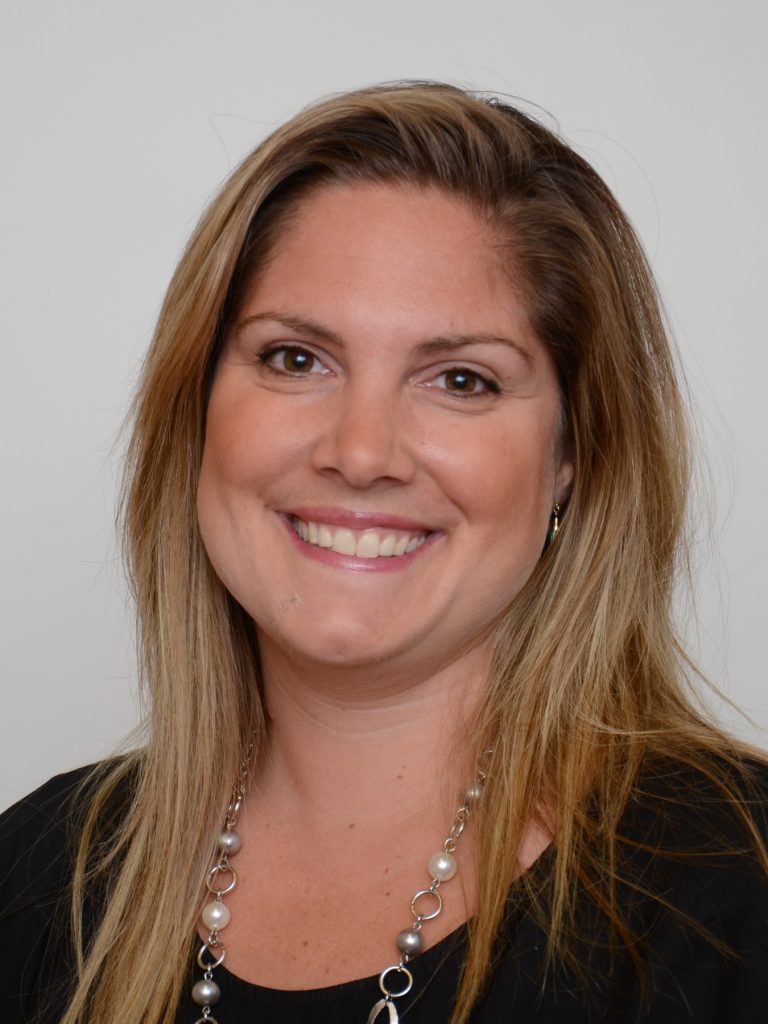The Inter-Establishment Coordinators
An innovative position extended by one year to support the actions of professionals

Innovating in Healthcare: A Human Approach
Innovation means daring to move forward without always having a clear path. In healthcare, however, one essential truth remains: care depends on a human approach. It is at the intersection of these two realities that the new role of Inter-Establishment Coordinator (IEC) was created. This final MUSCO newsletter offers us the chance to reflect on how the position has evolved over the years.
The First Steps: An Idea Takes Shape
At the beginning of the Initiative, the position was called patient navigator. From the outset, it was seen as essential: positioned at the crossroads of the four partner institutions, it offered direct support to patients and their families. In 2019, the first person to occupy the role was tasked with accompanying families through their journeys across institutions, ensuring personalized and seamless follow-up between the services of MUSCO’s partners.
Yet, as the role developed, one challenge became clear. Beyond the confusion created by the title patient navigator—which overlapped with existing roles—the true need was to make patient care pathways easier. This also meant supporting professionals. To better reflect that objective, and to distinguish it clearly from the institution-based care coordinators, the position was renamed Inter-Establishment Coordinator (IEC). Its mandate was then structured around three pillars: clinical support, practice improvement, and family involvement.
An Expanding Role

Over the years, our responsibilities expanded significantly. By maintaining a consistent presence across sites, presenting and clarifying our role in departmental meetings, and staying in close contact with teams, we were able to deploy the position evenly across the four institutions. At the same time, depending on each case, we worked with other partners in the health network, such as CLSCs or rehabilitation centers like the Lethbridge-Layton-Mackay Rehabilitation Center, as well as the school network. Whenever a patient received care from at least two MUSCO partner institutions, we could not only support those institutions but also coordinate with other partners involved in the child’s care.
The dream of breaking down barriers between institutions, programs, and roles—to finally provide personalized, comprehensive, and adapted support to children with complex medical journeys in Montreal—became a reality thanks to this innovative project. The arrival of an inter-establishment coordinator shows that innovation in health is not limited to digital technology: it is also about new ways of collaborating, coordinating, and rethinking care pathways – Chantal Damas, Coordinator of the Multidisciplinary Services Department, CIUSSS du Centre-Sud-de-l’Île-de-Montréal

In 2021, a second resource was added to the IEC team. This decision was based on the rising number of intervention requests, the activity reports for the role, and a satisfaction survey completed by families and professionals. The reinforcement helped consolidate the position, better distribute tasks, strengthen the three pillars, and deepen the trust established with clinical teams, who now call on our expertise regularly.
Navigating a single healthcare facility is already complex. Navigating several at once can feel like a labyrinth. In Montreal, hundreds of patients and their families face this challenge every day. Thanks to inter-establishment coordinators, this often invisible reality has been made visible, raising awareness within institutions. This innovative approach to care navigation is an important step forward, and we hope it continues to grow and inspire – Julie Letendre, Head of Department, Musculoskeletal Disorders, Marie Enfant Rehabilitation Center.
Position Clarification for Better Intervention
- Clinical Component
From 2021 onward, referrals increased considerably. We adopted a clear approach: our first priority was to support professionals, and we intervened directly with families only when professionals considered it necessary. This liaison model enhanced our impact and allowed us to better assist those working directly with patients.
- Inter-Establishment Practice Improvement Component
This component focuses on making access to services and transitions between facilities smoother. By influencing operational processes, we aim to address recurring clinical issues in a sustainable way. At professionals’ request, we also take part in discussions or projects to share our inter-institutional perspective and help teams benefit from this cross-functional view.
Since the role was created as part of MUSCO, we were also able to contribute actively to Initiative working groups, offering field expertise, helping to connect with professionals, and assisting in workshop planning. Among the projects we supported were Relay, Annual Event, Educational Technology, and Patient Trajectory.
- Family Involvement Component
Since families are true partners within the MUSCO Initiative, we mobilize and encourage them to actively participate in improving care and services. Whether through leading the Advisory Pole bringing together Patient Experts or supporting the integration of Patient Resources into working groups, our goal is to ensure that their experiential knowledge is considered and valued, building true partnerships between families and professionals.
It should be noted that these three components are interconnected: clinical insights and family feedback fuel practice improvements, ensuring overall coherence.
Maintaining Relevance and Added Value

The IEC role stands out because of the wide range of stakeholders it involves: 99 job titles, 23 professions, and 30 departments across the four partner institutions, in addition to collaborations with the broader health network. This diversity demonstrates the position’s relevance and the recognition it has earned in the field. It is both a privilege and a source of pride for us to work daily with so many dedicated colleagues committed to children’s health.
Many have told us that this role represents a genuine innovation. By creating a space for inter-institutional collaboration, it meets a real and pressing need.
The IEC role is unique and provides a concrete response to the network’s challenges. Positioned at the crossroads of institutions, it acts as a neutral agent that breaks down barriers and fosters a single team around the patient. For me, it represents a valuable opportunity to invest in a more agile, human, and forward-looking network. I am proud to contribute to it, and I hope it continues for many years to come – Camille Brosseau, Inter-Establishment Coordinator, MUSCO.

By decision of the MUSCO Executive Committee, the position has been extended until June 2026. Beyond that date, it will be crucial to ensure its long-term continuation so that professionals can keep benefiting from this essential support—which, ultimately, serves patients.
As an IEC, I’m honoured to be trusted to represent the perspectives of families’ of kids with complex needs within the healthcare ecosystem. It’s a privilege to collaborate with such dedicated care teams in navigating these trajectories. Our common goal is to make sustainable improvements to the processes so that these complex healthcare journeys are easier for the patients and families – Stephanie Gould, Inter-Establishment Coordinator, MUSCO.
Whether past or current IECs, we all share the same hope: that institutions will continue to sustain this role, ensuring stronger support for professionals and better care for patients.
Chantal Damas
Julie Letendre
Camille Brosseau (currently in office)
Stephanie Gould (currently in office)

